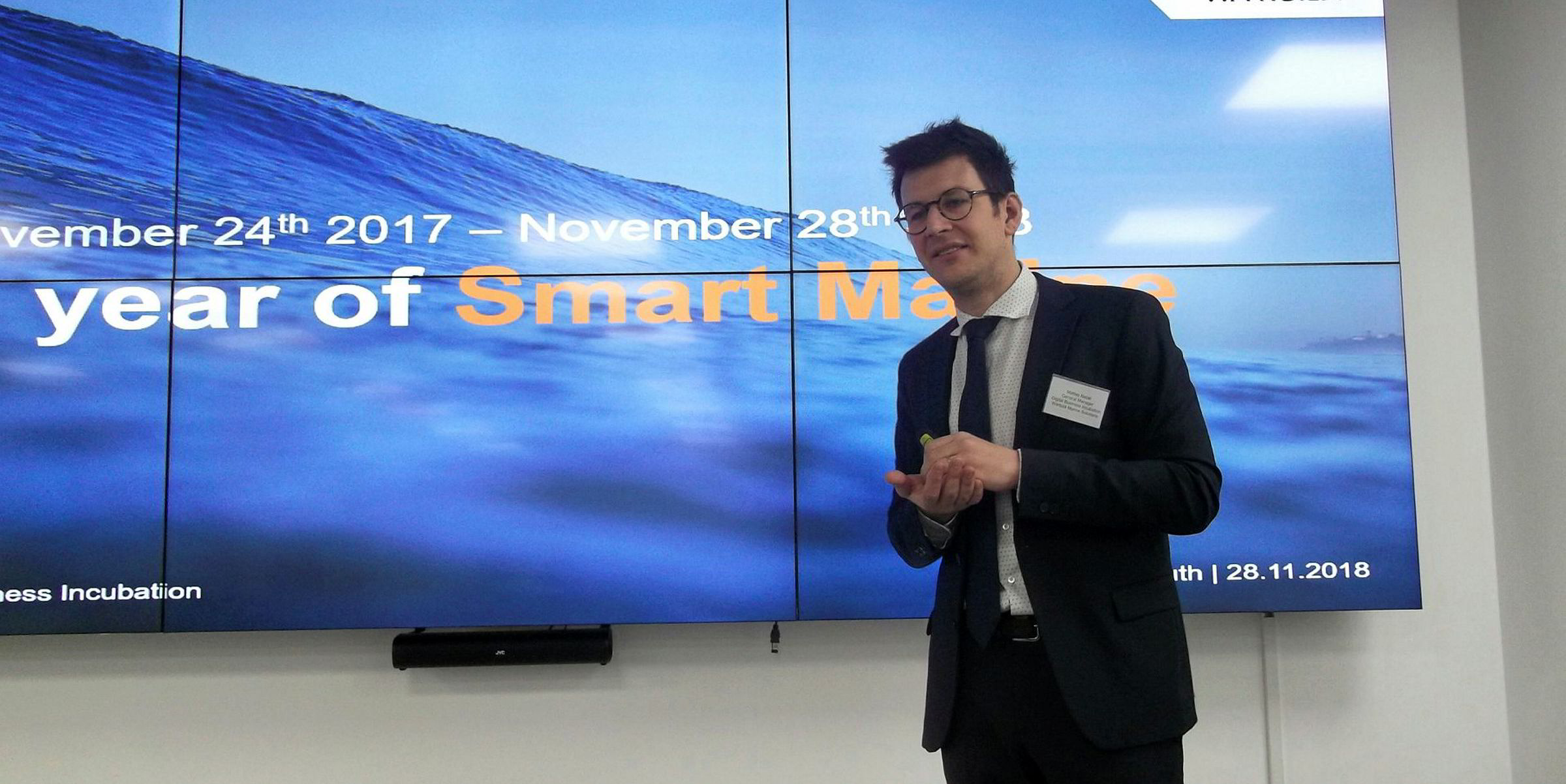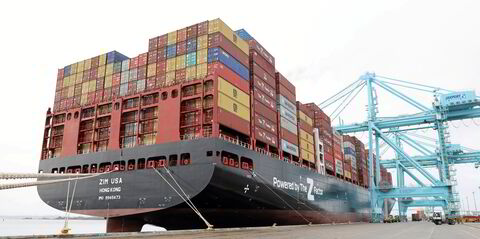Ports have been the missing link in the drive to digitalise the deepsea shipping industry, but major players are set to change that.
A recent workshop backed by the International Taskforce Port Call Optimization group agreed that global port call data standards are essential to connect berth planning by terminals to navigation information used by ships.
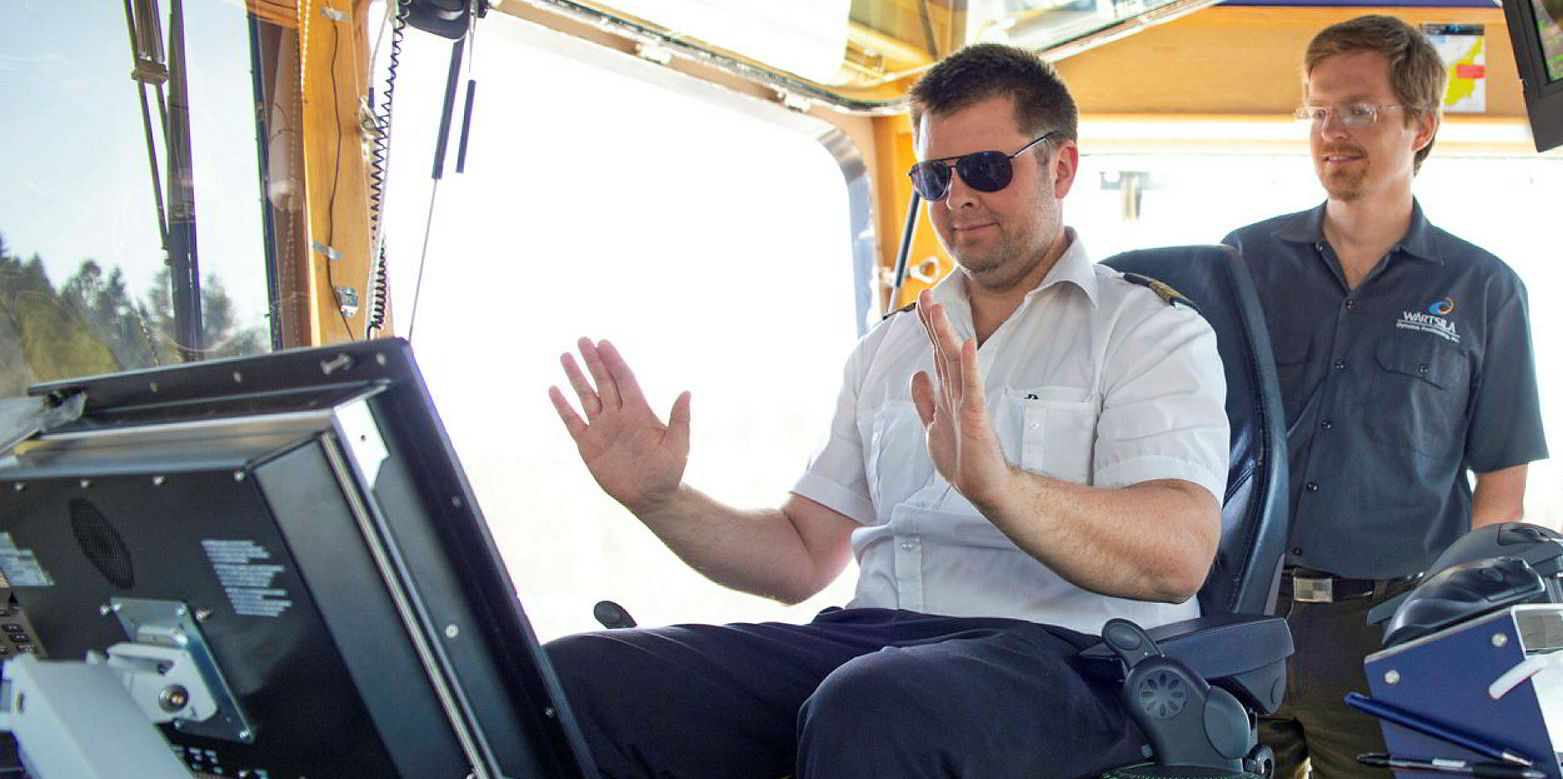
Taskforce chairman Ben van Scherpenzeel says all 80 participants agreed that port cooperation is essential to help address other important issues such as reducing emissions. “Only moving forward together with a robust set of globally agreed port call standards will assist all parties to invest into solutions,” he adds.
Coming together under the banner of the Sea Traffic Management (STM) project, the group’s next steps will be an analysis of which proposed standards are not yet maintained by the International Organization for Standardization, and generating guidance for ports on how to apply them.
Standard interfaces
Standard application programming interfaces are also needed so that platforms can connect with each other.
It is a call recognised by Wartsila and ABB, two of the biggest marine engineering groups committed to digital development of maritime technologies.
Wartsila Marine Solutions president Roger Holm says the development of independent digital systems is a barrier to progress.
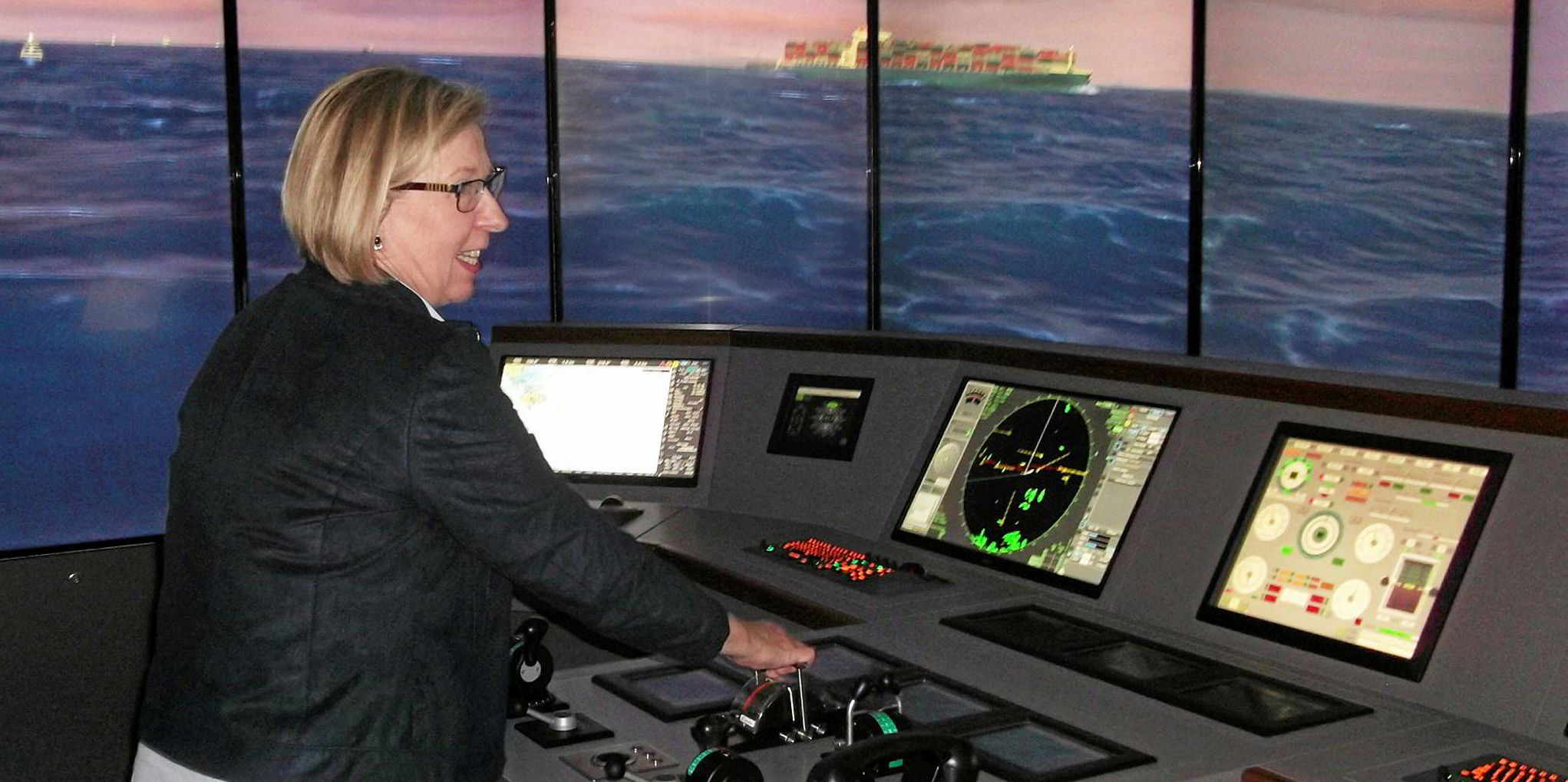
“If we can activate a process whereby stakeholders collaborate towards a shared objective, we can accelerate positive change,” he tells TradeWinds. “This form of collaboration is central to unlocking development.”
Wartsila has launched an initiative called SEA20, which it describes as a key “oceanic awakening” facilitator.
Having moved from being an engine maker to an all-round technology group, Wartsila aims to recruit 20 leading maritime cities by 2020 to establish a network that will foster smarter ways of doing business and encourage best practice.
Rotterdam, Hamburg and Helsinki — the first hubs to commit to the scheme — have been joined by New York and Singapore.
The scope of port call data includes vessel-berth compatibility and availability, plus fairway, nautical and vessel services.
The essential nature of the collaboration was demonstrated by ABB and Wartsila during independent autonomous sailing and docking tests in November.

ABB, in association with Helsinki City Transport, remotely piloted the 329-gt ice-class passenger ferry Suomenlinna II (built 2004) through a test area near Helsinki harbour. The aim was to prove that remote human oversight of vessels is achievable with today’s technologies, but could happen only through collaboration between land and sea operators.
In the same week, Wartsila tested its autonomous operations by taking the Norled-owned, 1,182-gt passenger ferry Folgefonn (built 1998) between three Norwegian fjord ports without human intervention.
Overseen by the country’s maritime authority, the demonstration employed integrated hybrid power systems, intelligent routing and navigation software, as well as automated dock-to-dock technology. The combination of technologies was aimed at using route planning dictated by automated just-in-time arrival in port software to optimise the use of power on the vessel and save fuel.
At the same time, an initiative to pilot smart digital solutions has been launched in and around the UK’s north-eastern ports.
The North East Smart Ports Testbed will bring together digital and industry experts with regional authorities at Teesport, as well as the ports of Berwick, Blyth, Sunderland and Tyne to test satellite-based solutions to enable ports to become more “intelligent”.
In November, Matteo Natali, general manager of business incubation at Wartsila Marine Solutions, held a briefing in Portsmouth, southern England, at the former headquarters of Transas, the electronic chart display and information system equipment and software supplier acquired by Wartsila in 2018.
Natali said he would take on a new role this year, leading a team responsible for the group’s port business.
“With our smart marine strategy, we want to move beyond the vessel, and start connecting what will become the smart vessel to other smart vessels, and those smart vessels to smart ports,” he said.
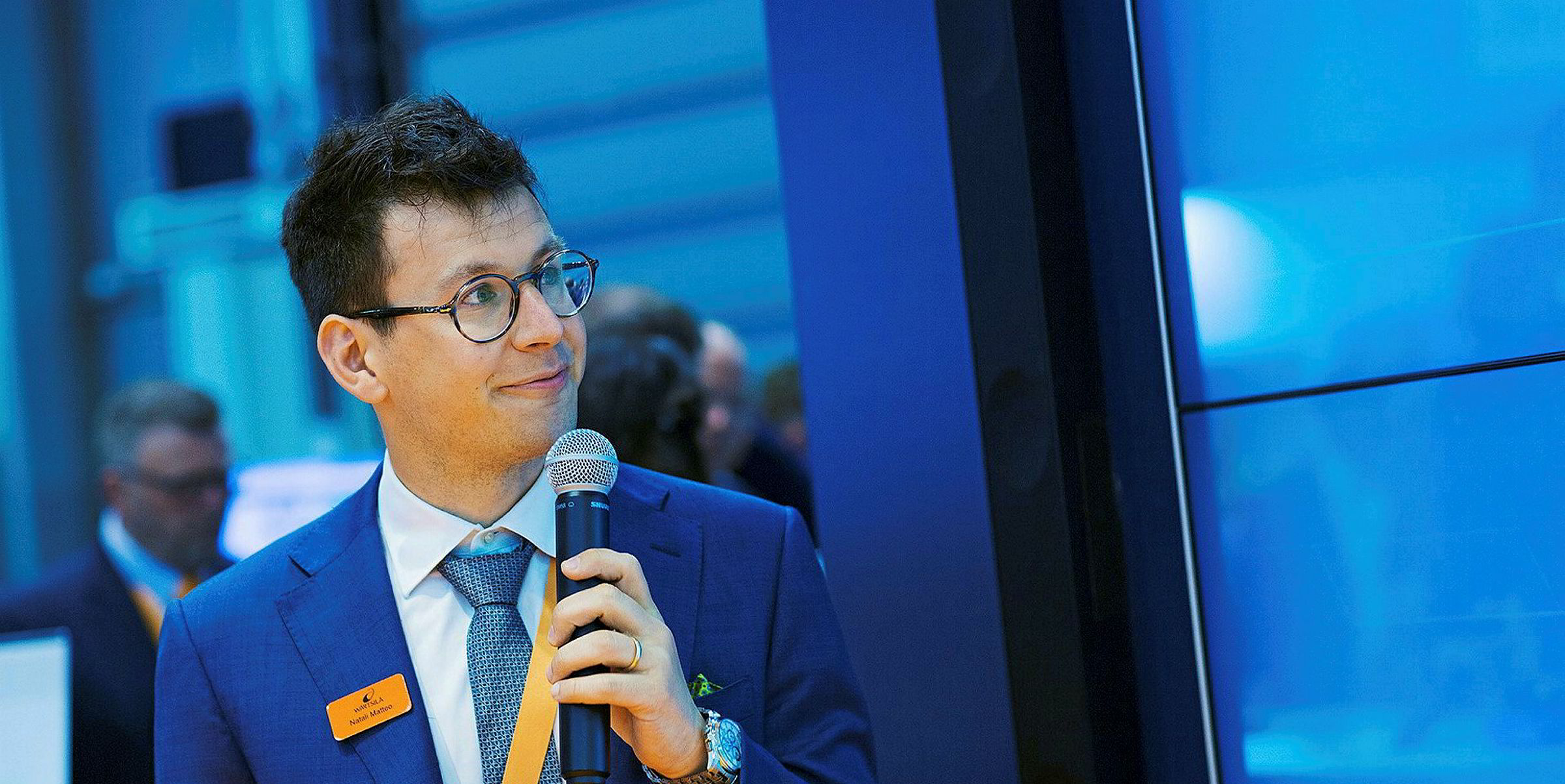
The Transas purchase was part of Wartsila’s involvement in the STM project. “The acquisition is a huge step toward smart marine for Wartsila,” Natali said. “The challenge is to convince all the stakeholders in the ecosystem to share their data, to work with each other, to collaborate instead of just competing. This is an essential aspect of the transformation of the industry into a smart connected ecosystem.”
Many in the industry say the technologies already exist for digitalisation and automation, but regulations and training need to be brought into line with technical developments.
Nevertheless, some sources claim many of the technology demonstrations over-egg what can really be achieved by systems — and there is little doubt that work is still needed to connect all the dots in networks.
